Generality
The femoral triangle, also known as Scarpa's triangle, is a hollow anatomical space, located in the thigh and used to house important nerve, vascular and lymphatic structures.
Having a triangular shape and arranged with the apex towards the feet and the base towards the trunk, the femoral triangle has 3 edges: an upper edge, which borders the lower margin of the inguinal ligament, a medial edge, which borders the lateral margin of the adductor longus muscle, and a lateral border, which adjoins the medial margin of the sartorius muscle.
Scarpa's triangle houses deep inguinal lymph nodes, inguinal lymphatic vessels, a tract of the femoral artery, a tract of the femoral vein and a tract of the crural nerve (or femoral nerve).

What is the femoral triangle?
The femoral triangle, or Scarpa's triangle, is a hollow anatomical space, which resides in the upper, anterior and medial part of the human thigh.
Despite its small size, Scarpa's triangle hosts nerve, vascular and lymph node structures; this makes it important not only from an anatomical point of view, but also from a clinical point of view.

ORIGIN OF THE NAME
The femoral triangle has this name, as it has a triangular shape and resides in the portion of the human body occupied by the femur (the femur is the thigh bone).
The second wording with which it is known, namely Scarpa's triangle, is due to Antonio Scarpa. Antonio Scarpa was an Italian anatomist, who lived between 1700 and 1800, who conducted numerous studies on hernias of the inguinal and femoral regions, describing the anatomical area corresponding to the femoral triangle on several occasions and in detail.
Anatomy
The femoral triangle is an inverted triangle; in other words, it is arranged with the apex downwards, towards the feet, and the base towards the top.
Like any triangular element, Scarpa's triangle has three edges (or sides): the upper edge, the medial edge and the lateral edge.
- The upper border corresponds to the lower border of the so-called inguinal ligament. The inguinal ligament is that band of fibrous connective tissue, which extends from the so-called pubic tubercle of the pubis to the so-called anterior superior iliac spine of the ilium.
- The medial border corresponds to the lateral border of the adductor longus muscle.
- The lateral border corresponds to the medial margin of the sartorius muscle.
The femoral triangle also has an area comparable to a roof, anteriorly, and an area comparable to a floor, posteriorly.
- The roof of the femoral triangle corresponds to the so-called fascia lata;
- The floor of the femoral triangle corresponds, in the most medial region, to the pectineus and adductor longus muscles and, in the more lateral region, to the iliopsoas muscle.
STRUCTURES CROSSING THE FEMORAL TRIANGLE
The crural nerve (or femoral nerve) and the blood vessels of the femoral artery and femoral vein pass through the femoral triangle; enveloped by the so-called femoral sheath, the aforementioned blood vessels and the crural nerve represent the most important neuro-vascular structures of the lower limbs.
In addition, deep inguinal lymph nodes and inguinal lymphatics take place in a structure inside the femoral triangle, called the femoral canal.
- Femoral artery. It is a large arterial vessel, which provides, also through its innumerable branches (or branches), to the blood supply of numerous districts of the lower limb. It is an even element, so there is one for each lower limb.
- Femoral vein. Present in each lower limb is a large venous vessel, which collects blood from the great saphenous vein and the deep femoral vein.
- Crural nerve. It is a peripheral nerve deriving from the lumbar plexus, with the task of innervating, also thanks to its branches, the groin, the thigh, the leg and part of the foot.
The crural nerve has both motor and sensory functions. - Deep inguinal lymph nodes and inguinal lymphatic vessels. The deep inguinal lymph nodes collect the lymph from the superficial inguinal lymph nodes and, through the associated inguinal lymphatic vessels, deliver it first into the external iliac lymph nodes, then into the pelvic lymph nodes, and finally into the paraortic lymph nodes.
Function
The femoral triangle has protective functions towards the important anatomical structures that cross it.
Clinic
The reasons why the femoral triangle is clinically important are more than one.
First of all, the femoral artery, contained in Scarpa's triangle, represents a convenient entry point for catheters, used in therapeutic procedures such as coronary angioplasty and peripheral angioplasty.
Second, in the presence of severe hemorrhage in a lower limb, pressure at the femoral triangle can stop blood loss, preventing the injury victim from dying from excessive bleeding.
Thirdly, the femoral vein, passing through Scarpa's triangle, is a venous vessel that allows the practice of venipuncture, when this is not possible in classical veins.
Finally, the combined pressure of the index finger and the middle finger on the femoral triangle makes it possible to measure the heart rate and understand if there is a flow of blood to the lower extremities of the human body. the name of femoral wrist.
Pathologies
From a pathological point of view, the femoral triangle can be the protagonist of a medical condition known as a crural hernia (or femoral hernia).
Recalling that a "hernia is the exit of a bowel from the cavity or site in which it resides in normal conditions, the" crural hernia consists in the escape of an abdominal viscus towards the so-called femoral canal. In other words, in those suffering from a "femoral hernia, an abdominal bowel protrudes into the structure of the femoral triangle, which encloses the deep inguinal lymph nodes and inguinal lymphatics.


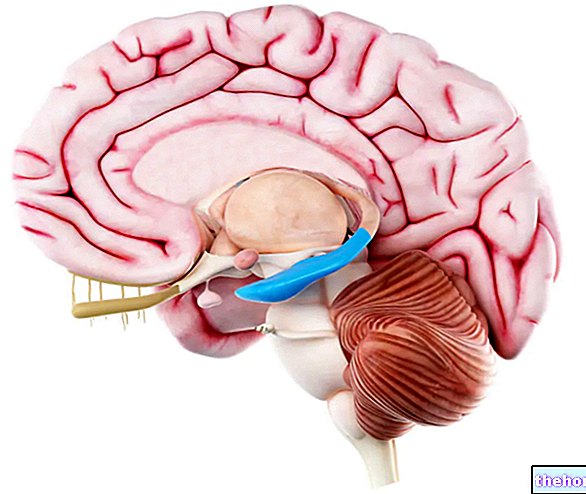
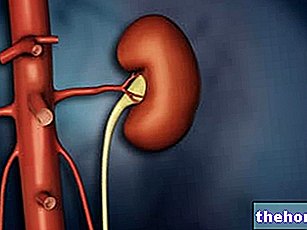
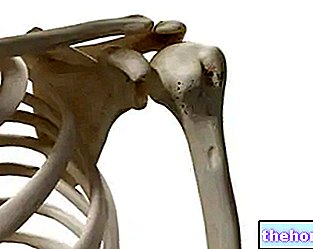
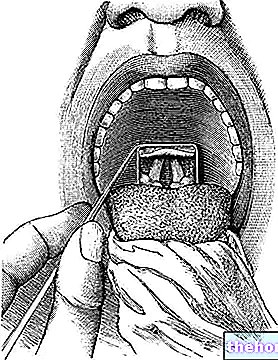
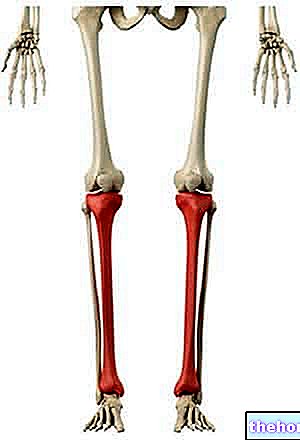


.jpg)


















